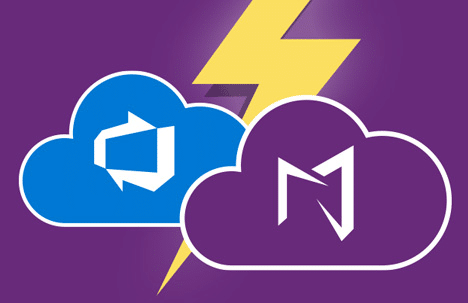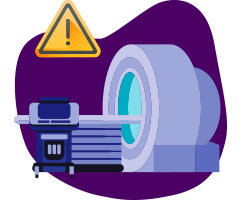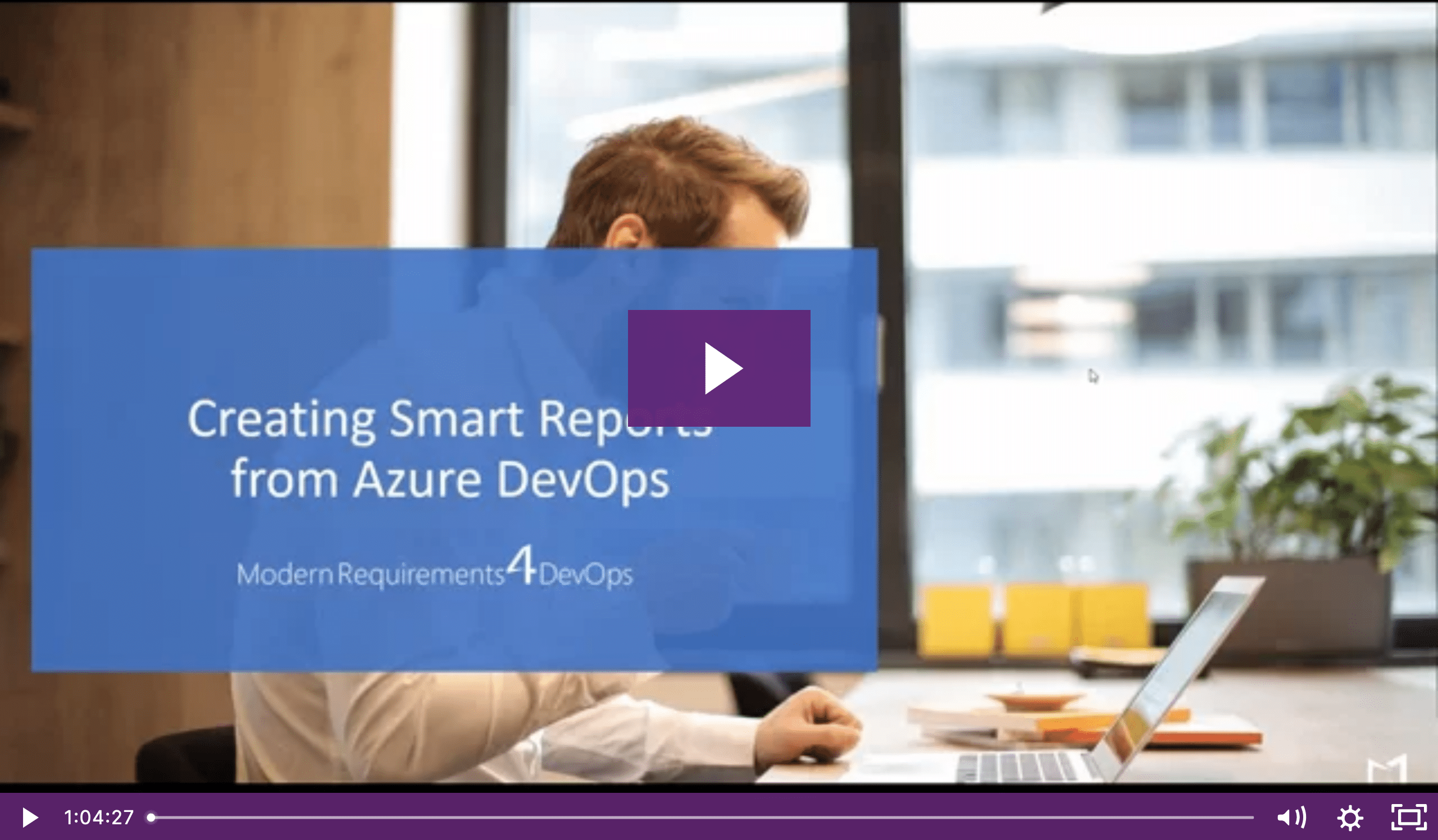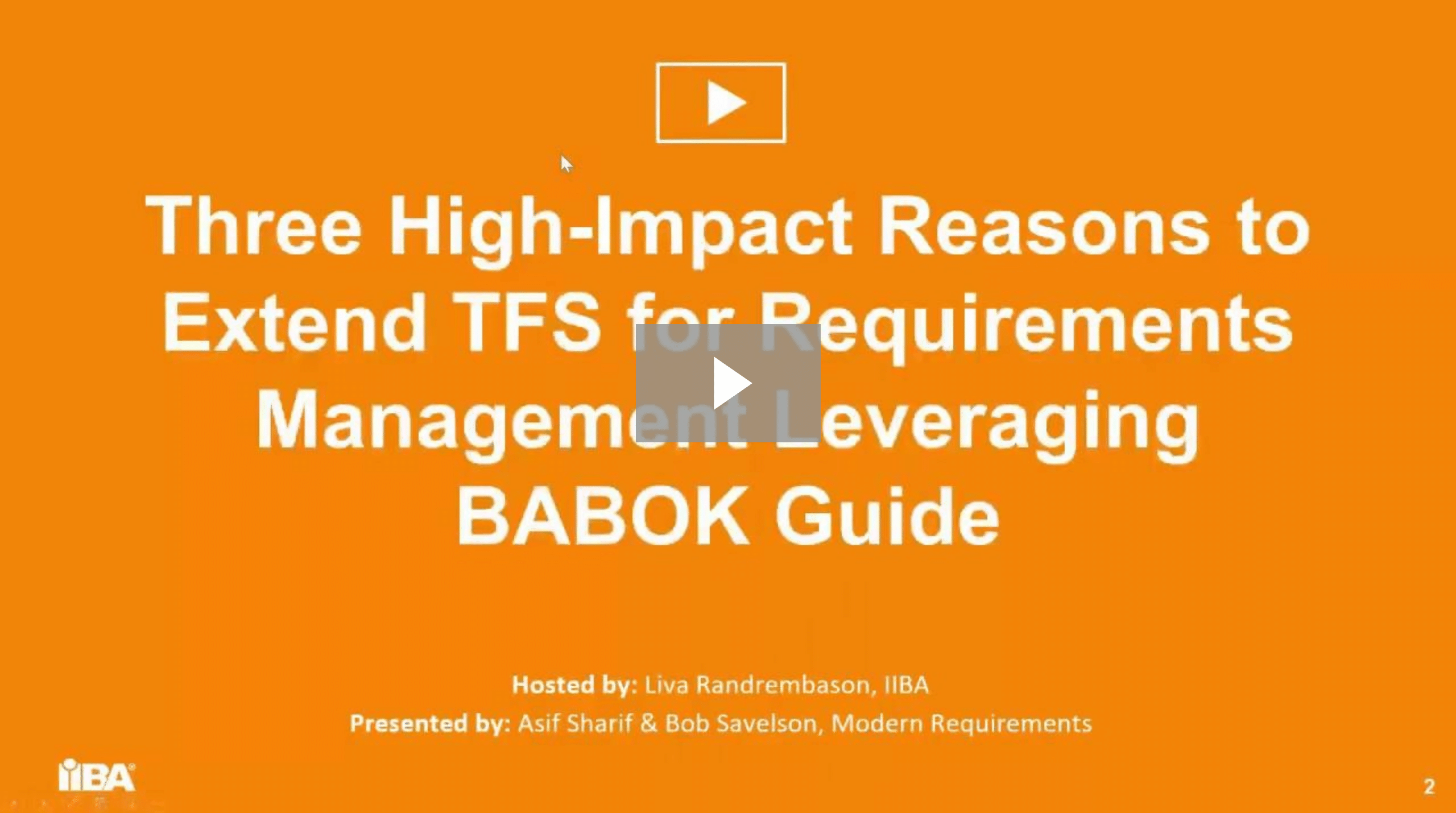
Go-to Microsoft partner for requirements management since 2015

Get Started with Azure DevOps
Learn Azure DevOps to Enhance Your ALM Process
Modern Requirements works closely with Microsoft to extend Azure DevOps into a full-fledged ALM tool by building upon its existing features and adding new capabilities.
Use these detailed tutorial videos, blogs, and graphics to get started with ADO’s features many functionalities.
Feel free to reach out to our team of experts for assistance.
Blogs
Learn about requirements management methods, technologies and best practices from our team:
Learning Azure DevOps
Introduction to Requirements in Azure DevOps
What Is Impact Assessment in Azure DevOps?
Documenting Azure DevOps Test Plans
Managing ISO 17491 Compliance within Azure DevOps using Modern Requirements
Comply with ISO 17491 in an automated and efficient manner
How to Facilitate the Medical Device Design Controls in Azure DevOps
Modern Requirements4DevOps Now Available in the Microsoft Azure Marketplace
Video Series
Learn about specific topics like baselining, impact assessment and more in our video series:
Using the Work Items Tab
Using the Boards View
Using the Boards View in Azure DevOps provides teams with a KANBAN approach to handling requirements. This module is for those who like interacting with requirements from a visual perspective. Watch the video to find out more.
Using the Backlog
The Backlog is the staple of any requirements management tool. Azure DevOps offers their Backlog feature with the ability to move requirements into iterations, build requirements hierarchies and more. Watch the video to learn how to use this module effectively.
Team Capacity Planning for Sprints
Iterations / Sprints are the heart of grouping requirements together. By organizing requirements into iterations or sprints, teams can easily figure out what should be worked on now. Watch the video to find out how Azure DevOps lets you organize your requirements by time.
Queries Part 1 - Overview
Queries are arguably the most powerful tool in an Azure DevOps user’s arsenal. In this video we overview some of the many uses of queries and discuss how queries can make working with your project simple.
Queries Part 2 - Flat Queries and Dashboards
Flat Queries are the simplest form of queries to build and understand. In this video we cover how building these queries allows you to quickly get information from your project, as well as display that information in your Team’s Dashboards. Watch the video to learn how.
Queries Part 3 - Advanced Flat Queries
In this video, we cover how to apply conditional grouping and logic to your queries to make them more powerful. We cover some scenarios and build queries together that help demonstrate the powerful features available in Azure DevOps.
Queries Part 4 - Direct Link Queries
Direct Link Queries are the way in which we see requirements that have an immediate link to another requirement. In this video we cover how you can effectively use direct link queries to show the information relevant to your project.
Queries Part 5 - Tree List Queries
Tree List Queries allow you to choose your top-level requirement, and your bottom-level requirement. Running this query will show you how these two requirements are connected. This video demonstrates how to build this query, and discusses how it can be used in Modern Requirements4DevOps.
Reuse Requirements by Reference
Webinars
Long-form deep dives into our products, features, and periodic updates
Common Questions About Azure DevOps
Azure DevOps provides users with the ability to easily create, manage and updated their requirements.
To familiarize yourself and your team with Azure DevOps, we have created a Learning Azure DevOps video series that will cover, in detail, everything you need to know about requirements management in native Azure DevOps.
While Azure DevOps does provide teams with the ability to manage repositories, build continuous integration, and manage and run test plans, our team relies on the thorough walkthroughs provided by the team at Microsoft.
To learn more about what our team offers on top of Azure DevOps, book a live interactive demo.
Building an Azure DevOps project is a simple process.
Follow this Microsoft guide to build a new Azure DevOps project. You will first need an Azure DevOps account in order to be able to create an Organization.
When you build a project, keep in mind that the structure of Azure DevOps Service is as follows:
Organization -> Collection -> Project.
This means you will be able to store your organizations Collections separately, and break these down into projects.
Yes.
Azure DevOps Service and Server both allows the customization of individual work items (requirements).
You can visit this link to see how, or read more in “What is a Process Template” below.
Yes.
Read “What is a Process Template” below for more information.
Once you and/or your team has created an Organization, they will be able to easily create a Collection to hold your projects.
Each project you create in a Collection can have different “Work Items”.
What does this mean?
If you are following SCRUM, you might want a project whose “Work Item” structure looks like:
Epic -> Feature -> Product Backlog Item -> Test Case.
If you are following COMPLIANCE you might want a project whose “Work Item” structure looks like:
User Need -> System Requirements -> Functional or Non-Functional Requirements…
These Work Item structures are called Process Templates in Azure DevOps, TFS, and VSTS.
Process Templates can be customized however your team needs, and are flexible enough to account for any process your team would like to build.
You can customize Process Templates however you need, and it will not affect the functionality of Modern Requirements4DevOps.
To see the Process Templates we provide for on-premise users, check out our Process Template Download page.
Both.
Cloud-based: Azure DevOps Service
On-premise: Azure DevOps Server
Here at Modern Requirements we simply use the term Azure DevOps until our client’s reach the implementation phase. This is because our solution works completely with both ADO Server and Service, as well as previous versions of TFS (on-premise) and VSTS (cloud-based).
We support your team however you choose to implement Azure DevOps with Modern Requirements4DevOps!
Yes.
Azure DevOps uses Active Directory to manage users and their permissions.
Azure DevOps Server uses Azure Active Directory.
Azure DevOps Service uses your on-premise Active Directory.
This means you can setup and restrict various user roles in Azure DevOps. This allows you to invite Stakeholders into your Azure DevOps project in a secure and safe fashion, and get very granular about what a Stakeholder can and cannot do.
Modern Requirements4DevOps also provides Stakeholders with project access.
See more about Stakeholder permissions here.






